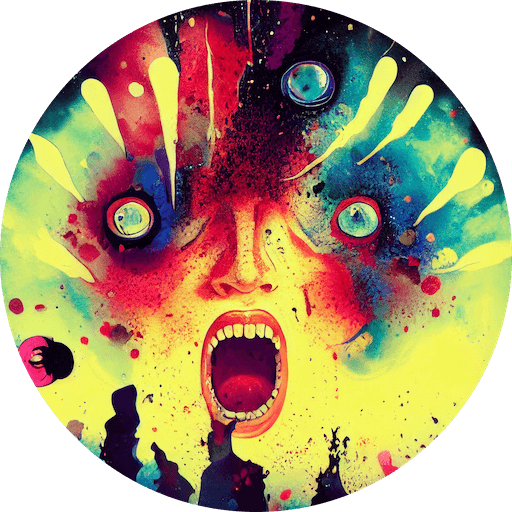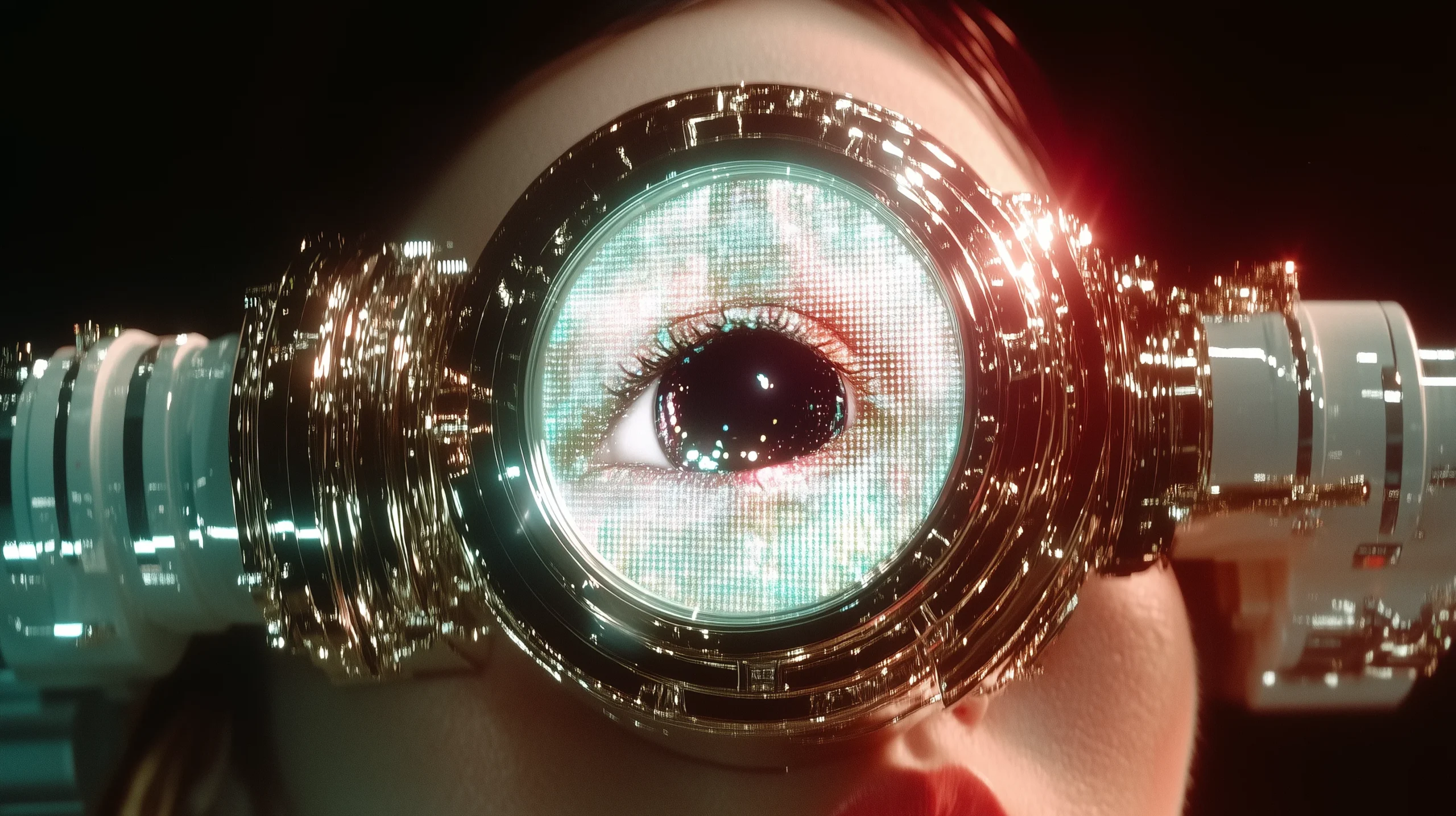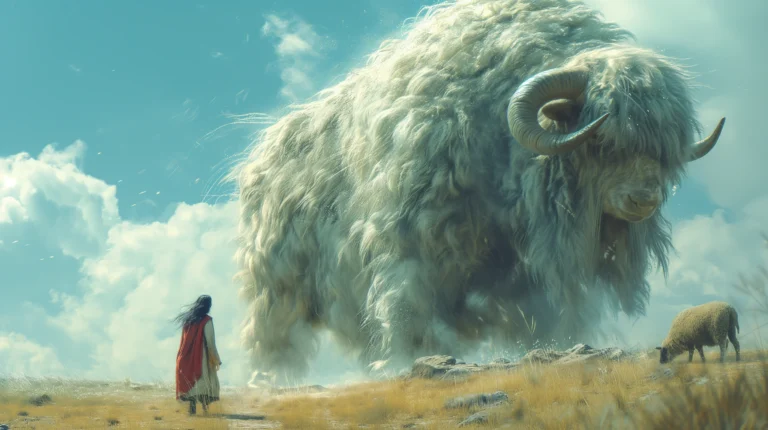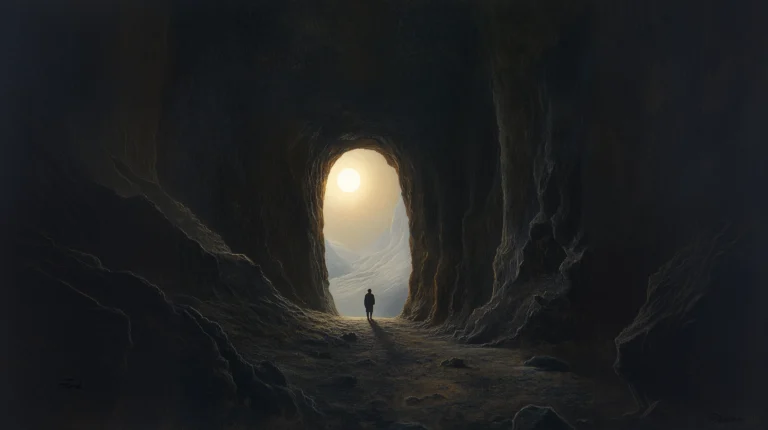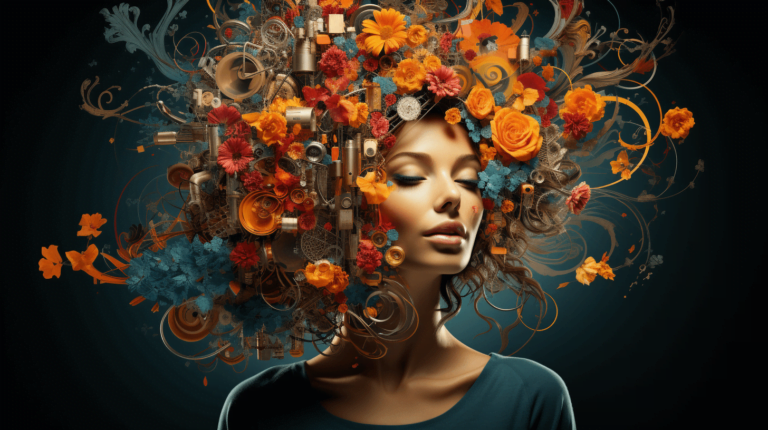Science with a Pulse
“If you deeply observe, everything is your teacher”
— Buddha
We stand at a turning point where microscopes share the room with meditation cushions. For some, science now functions like a secular religion, complete with rituals of peer review and temples of glass.
Yet its true power is simpler: it licenses us to ask unfamiliar questions and to keep changing the answers when evidence shifts. That curiosity is the spark for a fresh start.
Robert Sapolsky insists that the raw material of every question is luck.
“We are nothing more or less than the cumulative biological and environmental luck, over which we had no control, that has brought us to any moment.”
― Robert M. Sapolsky
Once we recognise this, blame looks scientifically sloppy. Fortune dealt the genes, fortune staged the childhood, fortune set the cultural stage. Our task is to play the hand with skill and kindness.
Picture dawn on the Serengeti. One young male baboon still fumes because another swiped his fig yesterday. His testosterone has not dropped by the time the sun reaches its zenith. If his troop is nervy and violent, the hormone primes him for another brawl.
If the troop is relaxed, the same hormone encourages swagger, extra grooming, maybe a brief courtship dance. Biology provides the volume knob, culture chooses the song. Sapolsky frames the principle crisply:
“Instead of causes, biology is repeatedly about propensities, potentials, vulnerabilities, predispositions, context dependencies.”
- tendencies (you’re more likely to act or feel a certain way)
- possibilities (you have the potential for certain things)
- weak spots (you might be more vulnerable to some problems)
- starting points (you are born with certain traits)
- dependence on the situation (what actually happens depends a lot on the environment and context around you).
Testosterone does not command aggression, it magnifies what the social environment already values. That observation scales upward from baboons to trading floors, playgrounds, and parliaments. Genes tell the same story.
“Genes are rarely about inevitability, especially when it comes to humans, the brain, or behavior. They’re about vulnerability, propensities, tendencies.”
― Robert M. Sapolsky
- vulnerabilities (you might be more easily affected by certain things)
- tendencies (you might lean toward certain behaviors or reactions)
- possibilities (you have certain chances or risks, but they’re not guaranteed).
A humanitarian science keeps these lines tattooed on its notebooks. If a person inherits a hair-trigger stress pathway, society can still lower background stress.
If a city inherits polluted air, policymakers can still clean the sky and lighten the inflammatory load in every lung. Predisposed is never predestined.
Science today is already building a bridge between the mind and the deeper, unseen layers of experience. Brain scans can track how repeating a mantra creates gentle waves of activity in areas like the anterior cingulate.
Hormone research shows how feelings like gratitude can slow down stress reactions and lower cortisol. While philosophers talk about the “inner witness,” the part of us that calmly observes, neuroscientists see that same quiet awareness reflected in the calm patterns of the prefrontal cortex.
In this way, what the laboratory measures and what personal introspection reveals come together inside the same living mind.
From these converging paths we can lay out three working principles.
- Observe honestly. Data come first, whether they confirm our hopes or not. When measurement stings, charity begins with the facts.
- Interpret with compassion. Every behaviour is the sum of luck plus history. Understanding replaces blame, opening room for wiser interventions.
- Apply with humility. Knowledge is a tool, never a throne. We use it to reduce suffering, then we ask what we missed and measure again.
Follow those steps and guilt softens into responsibility. We examine our own impulses the way a field biologist examines troop dynamics: curious, unafraid, eager to adjust conditions for the common good. The result is self guidance instead of self condemnation.
Science cannot create a perfect world or solve everything, but it can help us care more, not just about small things like brain cells but also about big things like communities and the environment.
It teaches us that everything is connected over time, from tiny brain signals to the health of whole ecosystems.
When we understand this big picture, we realize that aggression is not something we are stuck with forever, empathy can turn into real actions and policies, and what once felt like unchangeable destiny can become something we help shape through understanding and effort.
The sun rises and life stirs. Baboons groom in the trees, children laugh as they learn, and scientists adjust their delicate instruments. Yet beneath all this motion, something deeper hums, the quiet pulse of curiosity, the timeless call to understand.
This is the path we follow, a humanitarian science that does not split the outer and the inner, that holds data in one hand and wonder in the other. It is a journey of rigor and compassion, always incomplete, always opening new doors.
We walk this path not to conquer mystery but to live alongside it. To measure, to reflect, to heal, and to grow, exactly like the ever unfinished beings we are.
Look, you do not get to cherry pick which parts of yourself to love. The good, the bad, the ugly, the neurotic, the graceful, the clumsy, it all comes bundled in one biological and environmental package, shaped by luck over which you had no control.
If fate is shaped by biology, environment, and luck, then the way forward is to shape those very settings together. We need a shared guiding idea—a “spirit of the era”—that turns scientific insight into collective action. Think of it as Compassionate Determinism:
- Know the forces: Teach everyone how genes, stress, and context steer behaviour. Knowledge dissolves blame and invites empathy.
- Design fair systems: Build schools, work policies, and health care that lower chronic stress, widen opportunity, and reward cooperation. Structure becomes the new willpower.
- Nurture a culture of care: Celebrate stories, art, and rituals that honour interdependence. When compassion is admired, biology follows those cues.
- Measure and adapt: Use data to see where suffering still clusters. Adjust laws and resources the way engineers tune a bridge, until the whole structure bears weight evenly.
This spirit is not a single slogan; it is a living framework that keeps asking, “How can we alter conditions so the next choice people make is the kinder one?” By steering contexts rather than judging souls, we turn fixed fate into shared responsibility and practical hope.
Healing does not come from pretending to be pure light; it comes from understanding that your dark corners are just as biologically real and just as deserving of compassion.
The key is to sit with yourself, unconditionally, moment after moment, without slipping into blame or self congratulation. That is where real change starts.
“I love science, and it pains me to think that so many are terrified of the subject or feel that choosing science means you cannot also choose compassion, or the arts, or be awed by nature. Science is not meant to cure us of mystery, but to reinvent and reinvigorate it.”
― Robert Sapolsky
